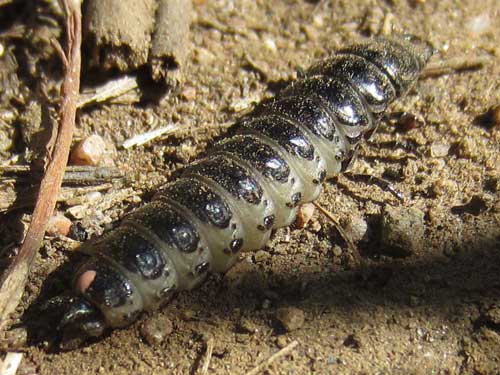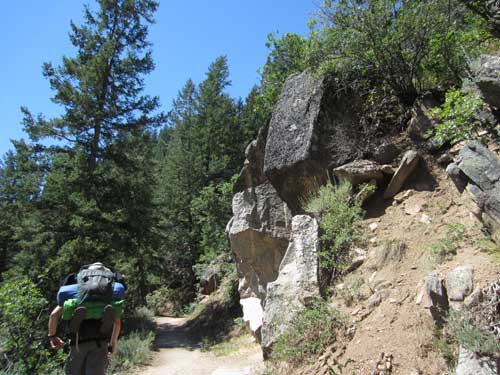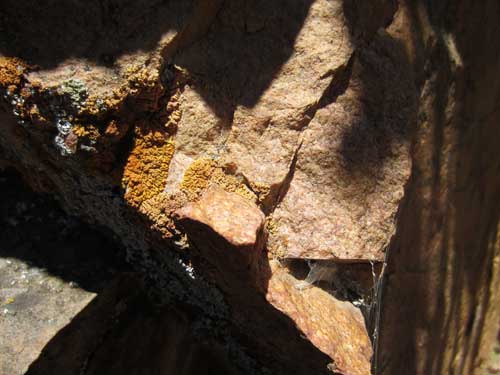Today was our last day in the forest. We packed everything up (shaking out the bizarre assortment of bugs in and on the tent) then headed out.

Robber Flies attack and eat other insects, injecting their victims with saliva containing enzymes which paralyze and digest the insides. The fly then sucks up the liquefied meal.

Millipedes are usually active at night, but heavy rainfall can also bring them out during the day.
What's the difference between a centipede and a millipede? The centipede ("hundred legs") and the millipede ("thousand legs") have common evolutionary roots, which extend back more than 400 million years. They are related to lobsters, shrimp and crayfish. Centipedes are flat, carnivorous (with two venomous legs for catching and killing prey), fast and have a single pair of legs per segment. Millipedes are rounded, scavenge on decaying organic material and sometimes live plants, are slow and have two pairs of legs per segment.

Since we were carrying our packs, we changed into sandals to cross the stream... one last final time.

The trail



Leaving Mt. Zirkel Wilderness and returning to Routt National Forest


Campion
We stopped briefly by the river at the large firepit. There were numerous Weidemeyer's Admirals about, all being quite cooperative for photos.





Three of them sat at Jo's feet.

We still had several miles to go and 700 feet left to descend.



Jo noticed that these were the same type of flowers that were still in bloom up higher. This too was once a stunning field of yellow.

The scene of the rattlesnake experience!

'Grub' is the name we give to beetle larva (just as 'caterpillar' is the name for butterfly larva). During metamorphosis, a beetle passes through four main stages: egg, larva (grub), pupa (chrysalis) and adult.
We took the higher path through the meadow back toward the barn, instead of the river one we had used coming up.


The old boundary fence

The barn in the distance


Some old equipment

The stone remains of probably the old house


Sage... mmmm, such a wonderful smell!
From here on out, the trail got much wider and we started to see many people. Most people seemed to have the barn as their destination.


Acorns

Looking wistfully back

The flowers seemed to be in more advanced stages at this lower elevation... with the creamy flowers of Sulphur Buckwheat fading to pink...

... and the Lupine having turned to mostly pods.

No longer the lovely white Angelica flowers

Treehoppers are related to cicadas and the leafhoppers.

With about 3,200 species known, they are found on all continents except Antarctica. They usually only live for a few months.

We were getting used to picking up trash such as beer bottles and plastic wrappers, but a baby sock? This was a first for us.


Lovely rock patterns


Cyclists slowly struggled their way up the steep incline.

The end is almost in sight!

Common Chicory goes by a wide variety of names: Blue Daisy, Blue Sailors, Coffeeweed, Hendibeh, Horseweed, Succory, Wild Bachelor's Buttons, Wild Endive and many more.

This bright yellow Blister Beetle (Zonitis sayi) is almost the exact color of this Gumweed.
We arrived back at the parking lot just after noon. It was now packed with cars, people and dogs. It was also a heck of a lot hotter!

A horse trailer

